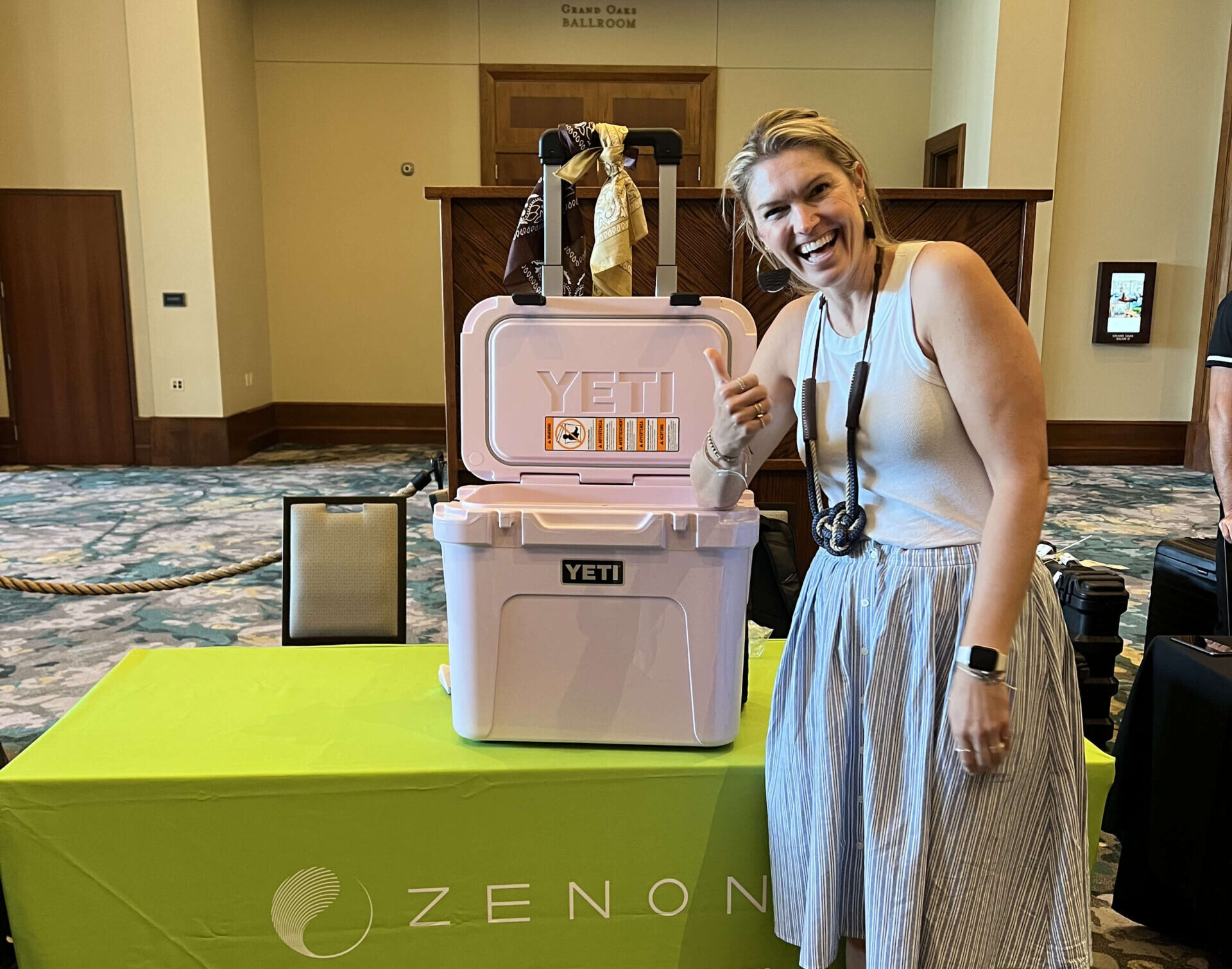Join 1000+ dental professionals, shop from your favorite suppliers, compare prices instantly, and save over $17,000/year
Try our platform free for 30 days.
Book a demoSelecting appropriate surface disinfectants for equipment and other surfaces in the dental treatment room can be confusing. Practices frequently receive marketing information about new products, existing products with new features, as well as product recommendations for the use of “natural” disinfectants from internet sources. This article will examine the agencies that determine the efficacy of disinfectants and why those regulations must be followed. It will also discuss recommendations from the Centers for Disease Control and Prevention (CDC) for products appropriate for dental settings, and other characteristics to consider when selecting the product(s) that are used in a dental practice.
Regulatory Framework:
It is important to know what to use for disinfecting surfaces and equipment, but even more important is why is that product acceptable. The overall authority for approval of chemical germicides comes from the Federal Insecticide, Fungicide and Rodenticide Act (FIFRA). Under this set of rules any substance or mixture of substances indented to prevent, destroy, repel or mitigate any pest (including microorganisms but excluding those in or on living humans or animals) must be registered with the Environmental Protection Agency (EPA) before sale or distribution. Specific data about the safety and effectiveness of each product must be submitted to the EPA in order to obtain a registration. Prior to submitting the data to the EPA, manufacturers must test their formulations for activity, stability, and toxicity to animals and humans, along with proposed labeling for the products. Once the EPA concludes that the data shows that the product can be used without causing “unreasonable adverse effects”, the product and its labeling are registered with the EPA and manufacturers can sell and distribute their product(s) within the U.S. The EPA labeling must also include “directions for use”, such as any dilution needed, contact time for specific microorganisms, method of application (spray or wipe) and other information that may be conditions for misuse of the product.
Although not as commonly used currently, liquid chemical sterilants (cold sterile solutions), now referred to as high level disinfectants (HLDs) used for medical and dental devices, are regulated by the Food and Drug Administration (FDA). In the Bloodborne Pathogens Standard, OSHA requires the use of EPA-registered disinfectants. This requirement is for the use of a tuberculocidal disinfectant, to ensure that not only hepatitis B and HIV will be controlled, but other microorganisms more resistant microorganisms as well. More about this later…
The CDC Guidelines for Infection Control in Dental Health Care Settings – 2003 state that “when the item is visibly contaminated with blood or other potentially infectious materials (OPIM), and EPA-registered hospital disinfectant with a tuberculocidal claim (i.e., intermediate-level disinfectant) should be used. Some confusion occurred during the COVID-19 pandemic, when the EPA was advising healthcare facilities to use a disinfectant that was proven to kill the SARS-CoV-2 (COVID) virus. If a product was registered with the EPA and proven effective against SARS-CoV-2 (emerging pathogens), but did not include a label claim as tuberculocidal, dental practices did not meet the OSHA requirements or CDC recommendations. How do dental teams know if their products are tuberculocidal or capable of killing COVID-19? The answer is in the EPA’s listing of registered disinfectants. https://www.epa.gov/pesticide-registration/selected-epa-registered-disinfectants. The products that are registered with the EPA for claims against Mycobacterium tuberculosis (TB) are included on list B: https://www.epa.gov/pesticide-registration/list-b-antimicrobial-products-registered-epa-claims-against-mycobacterium. Products that are registered with the EPA for claims against SARS-CoV-2 are included on list N: https://www.epa.gov/coronavirus/about-list-n-disinfectants-coronavirus-covid-19-0.
Tuberculocidal products with the label claim against SARS-CoV-2 will be included on both lists. Again, to be OSHA compliant and follow CDC guidelines, a product must be included on list B. Reading the product label can also be helpful in making the determination about whether the product is acceptable for use in a dental practice. If the product is registered as tuberculocidal, it will be listed on the label.
Many dental professionals were concerned about using a product that did not claim to kill COVID-19 in the early days of the pandemic. Because SARS-CoV-2 was then an emerging pathogen, product manufacturers were required to submit testing and other documentation to the EPA in order to make this claim. Some manufacturers were very quick to do this, and others took longer. The manufacturers of some products that were approved to make this claim in some cases led dental professionals to believe that the products that that were currently using were unacceptable. The reality was that the current products, registered as tuberculocidal capable of killing COVID-19, since they have been proven to kill tb, which is much more difficult to kill than SARS-CoV-2. Coronaviruses are not highly resistant to antimicrobials or disinfectants but tb bacteria are. In dentistry, we use the tuberculocidal kill claim as the benchmark for the efficacy of disinfectants against a broad spectrum of microorganisms.
Narrowing the selection of appropriate surface disinfectants:
Armed with the knowledge of what category of product(s) to use to meet regulatory requirements, dental professionals then need to determine a number of other characteristics to select the disinfectant that best meets the needs of their practice.
Contact time:
Contact time is defined as the length of time that a surface needs to stay wet with the disinfectant to kill the microorganisms. This will vary by product and some products may list several contact times that are required for specific microorganisms. For example, a 1- minute contact time may be required for HIV or SARS-CoV-2, while a 3- minute contact time may be required for tb. Which contact time to use? Always use the contact time for Mycobacterium tuberculosis. Obviously shorter contact times are desired for efficiency, but users must always check the label and/or product instructions for use to determine the tuberculocidal contact time. Again, this is not because of the prevalence of tb bacteria, but has to do the ability of a tuberculocidal disinfectant to kill more types of microorganisms and more resistant microorganisms.
Product Delivery and Application System:
Disinfectants come in several forms, the most common being a spray formula in a spray bottle. These products are applied to surfaces or equipment using a spray-wipe-spray technique. This means that the surface is applied by spraying and then wiping the surface with a paper towel or gauze (3×3” or 4×4”). Once cleaned, the surface is sprayed again to re-wet the surface and allowed to sit for the required contact time. Pre-saturated, disinfectant wipes are becoming more popular in dental practices because of the convenience and safety. The National Institute for Occupational Safety and Health (NIOSH), part of the CDC; and OSHA have published information regarding the use of spray cleaners and disinfectants and the incidence of asthma among health care workers. In addition, several states, including MA have developed educational materials regarding spraying of cleaning/disinfecting products at work.
In addition, the CDC advises against pouring disinfecting solutions over gauze in a container to pre-wet them for use, which is described by the EPA as an “off label use” of the product. This practice can inactivate the active ingredients in the disinfectant, rendering it ineffective.
Compatibility with materials and equipment when selecting appropriate surface disinfectants:
An important consideration in selecting appropriate surface disinfectants after making sure it meets the effectiveness criteria, is whether the product will be compatible with the surfaces and equipment that the product will be utilized on in the practice. Many products contain varying levels of alcohol, which can produce drying on some treatment room surfaces. This is especially true of chair and stool upholstery. Always check the equipment manufacturer’s instructions for cleaning and disinfecting. Most manufacturers make specific recommendations regarding the disinfectant formula or brand. Other equipment, such as bracket trays, x-ray heads, and other plastics or metals will also list recommendations for the use of disinfectants or covering with barriers to avoid contamination. Some dental teams find that some disinfectants stain or leave a film build-up on surfaces, and others cite the strong scent of the product as negative characteristics. When switching from one disinfectant product to another, always clean all surfaces with warm soapy water (Dawn dish soap works well) prior to using the new product. This will prevent staining and odors from mixing of different chemicals in the products. The EPA states that disinfectants of two different types should not be mixed together – as some dental professionals believe that it enhances effectiveness. This can create a chemical hazard for the users. Also keep in mind that even though a product may come in a spray and a wipe form, the chemistries for those two like-branded products are actually different and should not be mixed on the same surfaces. For example, some dental professionals use a wipe for cleaning surfaces and then use a spray for the disinfecting process. This is not recommended by the EPA or the product manufacturers.
Cost:
Another issue that dental teams contend with is the cost of the disinfecting products that they purchase. In some cases, it may save some money to utilize one of the house brands while selecting appropriate surface disinfectants. In some cases, the product may actually be a brand name product that has been privately labeled for the distributor. One can determine if the products are the same by the EPA registration number on the product label.
The Bottom Line:
Selecting appropriate surface disinfectants is an important component of a practice’s infection prevention and control program. Always consult the product manufacturer’s instructions for use and read the product label to determine whether the product is suitable for consideration for use in your practice.
1) Centers for Disease Control and Prevention – The Regulatory Framework for Disinfectants and Sterilants (2008)
2) Environmental Protection Agency – Pesticide Registration Manual https://www.epa.gov/pesticide-registration/pesticide-registration-manual Accessed 4/14/2023.
3) OSHA Standard Interpretations, September 4, 1996. https://www.osha.gov/laws-regs/standardinterpretations/1996-09-24 Accessed 4/14/2023.
4) OSHA and NIOSH Infosheet – Protecting Workers Who Use Cleaning Chemicals – https://www.osha.gov/sites/default/files/publications/OSHA3512.pdf Accessed 4/14/2023
5) MA Dept. of Public Health Occupational Health Surveillance Program https://www.mass.gov/doc/asthma-and-cleaning-products-at-work-english-0/download Accessed 4/14/2023.
6) Occupational Health Branch CA Dept. of Public Health – Cleaning Products and Work-Related Asthma https://www.cdph.ca.gov/Programs/CCDPHP/DEODC/OHB/WRAPP/CDPH%20Document%20Library/WRA-CleaningProd.pdf Accessed 4/14/2023.
7) CDC Guidelines for Disinfection and Sterilization in Healthcare Facilities (2008) Updated (2020)










